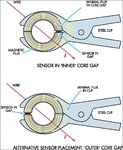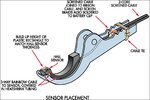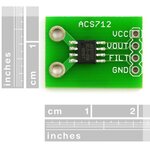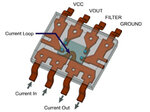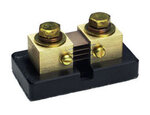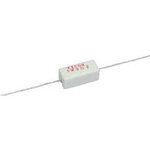hassaan1309
Newbie level 5

Hi.
I am facing a problem in my Final Year Project. I want to develop a circuit for current sensing as a part of that project. Now the series resistance that is used to measure current (current sense resistor) is normally of a very small value (i.e 0.1 or 0.2 ohms). Can somebody tell me where can I get such a small value resistance. Normally the resistances available in the market starts from around 10 ohms... I cannot use such a large value as it will cause a large voltage drop in the circuit. So how can I get a resistance of a smaller value (e.g. 0.1 ohms)?
Thanks. :-x
I am facing a problem in my Final Year Project. I want to develop a circuit for current sensing as a part of that project. Now the series resistance that is used to measure current (current sense resistor) is normally of a very small value (i.e 0.1 or 0.2 ohms). Can somebody tell me where can I get such a small value resistance. Normally the resistances available in the market starts from around 10 ohms... I cannot use such a large value as it will cause a large voltage drop in the circuit. So how can I get a resistance of a smaller value (e.g. 0.1 ohms)?
Thanks. :-x



